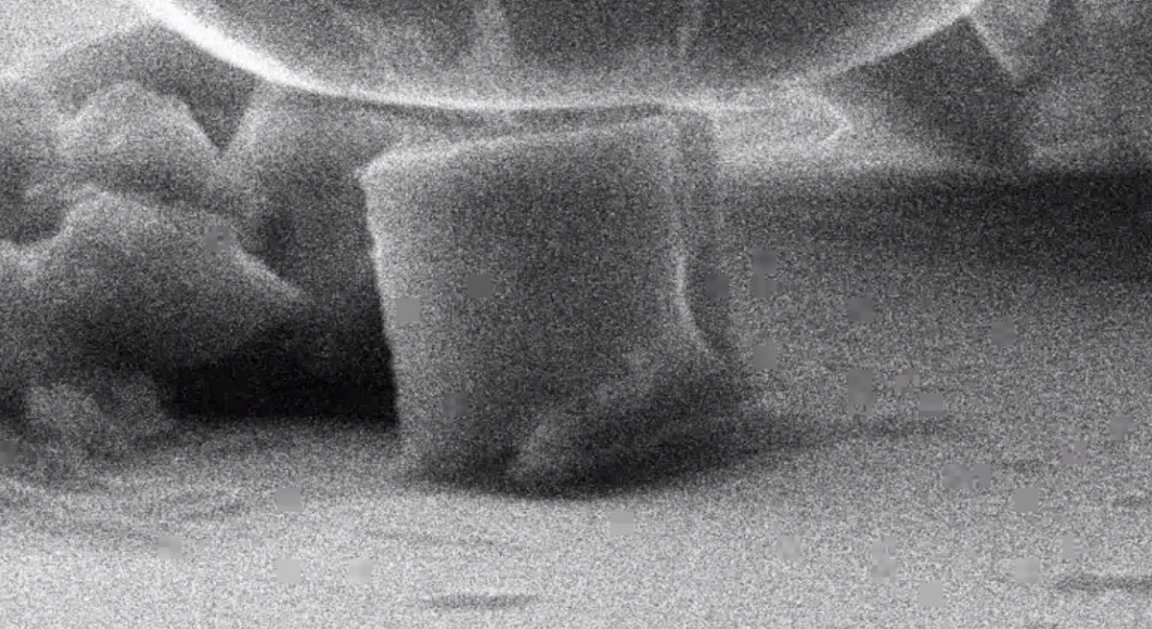
Glassworks
By using an unorthodox fusion of DNA and glass, researchers have synthesized an impressive material that, though impractical at the moment, they say is both stronger and lighter than steel.
“For the given density, our material is the strongest known,” Seok-Woo Lee, a materials scientist at the University of Connecticut and coauthor of a resulting study published in the journal Cell Reports Physical Science, said in a statement.
This freakishly strong creation is what’s known as a glass nanolattice structure, and Lee believes the findings will lay the groundwork for even stronger materials in the future using a similar architecture.
DNA Framework
To create a material that’s strong and lightweight, scientists have to think outside the box. Common materials like iron, which can generally withstand seven tons per square centimeter of pressure, are also enormously heavy. A cubic foot of the stuff weighs upward of 400 pounds.
Steel is a notable improvement, combining iron with carbon to create an even stronger metal for roughly the same weight. But what if you want something far lighter — like, say, the body-armor mainstay Kevlar, which is pound-pound five times stronger than steel?
Here, the researchers made use of a bleeding edge technique that uses self-assembling DNA that snaps together to form a chemical skeleton. Then they encased this DNA architecture in a layer of a glass-like material only hundreds of atoms thick — imperceptibly thin, in other words.
It may seem counterintuitive to use a fragile material like glass for this purpose, but the researchers say that the main reason glass shatters easily is due to flaws in its structure, like cracks.
But by using the DNA skeleton at a small scale, the researchers can virtually eliminate those imperfections, resulting in a glass nanolattice structure that is not only remarkably strong, but robust.
In numbers, they claim it’s four times the strength of steel and five times lower in density, a feat the researchers contend has never been achieved.
Small Steps
Before these findings herald an era of new supermaterials, these techniques will need to be drastically scaled up from being measured in atoms.
“The ability to create designed 3D framework nanomaterials using DNA and mineralize them opens enormous opportunities for engineering mechanical properties,” said Oleg Gang, a nanomaterials scientist at Columbia University who worked on the research, in the statement. “But much research work is still needed before we can employ it as a technology.”
Next up on the team’s to-do list is replicating the same feat by building off the DNA architecture they’ve just innovated, but by using stronger ceramics instead of glass.
More on hard science:Scientists Reconstruct What You’re Looking at by Enhancing Reflection in Your Eye